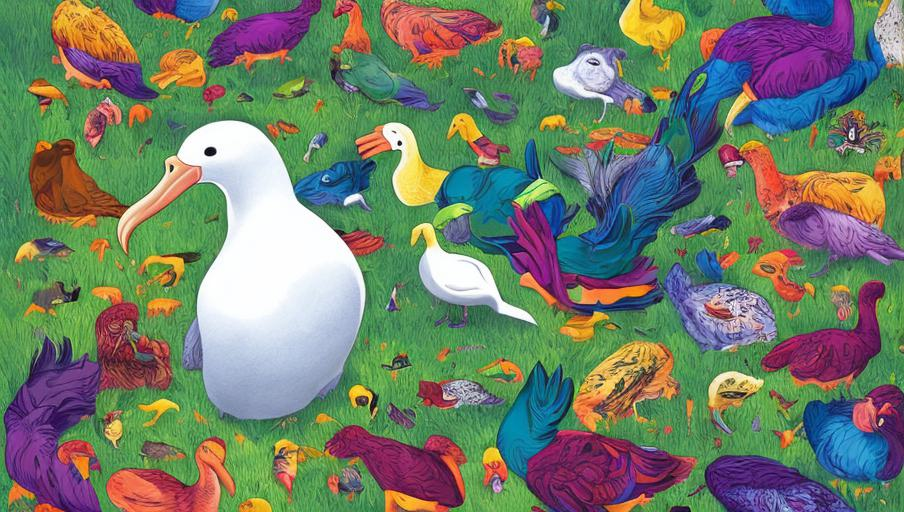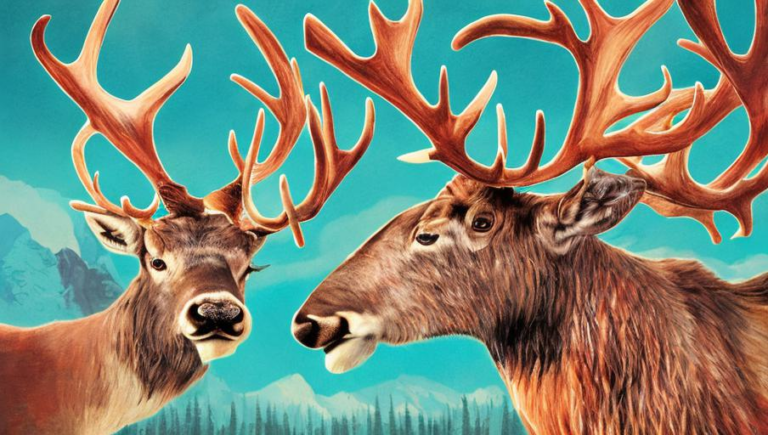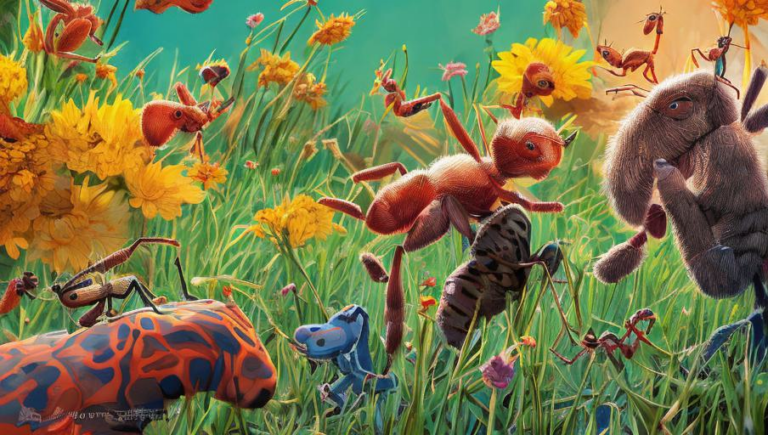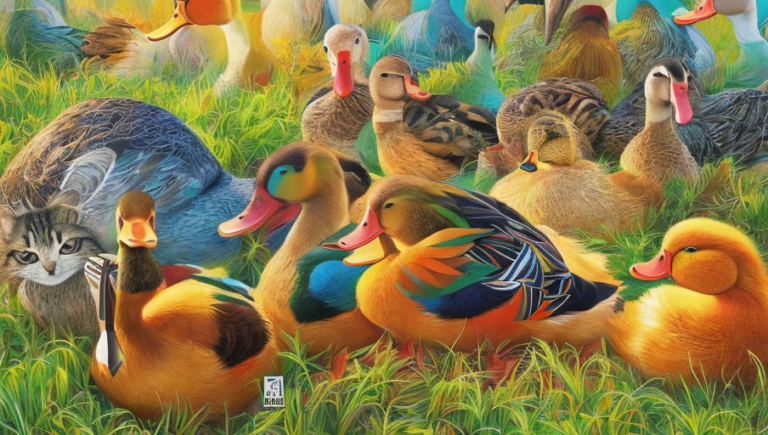Tracking the Albatross Migration

The Incredible Journey of the Albatross
Albatrosses are some of the most incredible creatures in the world, sometimes traveling up to 10,000 miles in just one year. These majestic birds soar gracefully through the skies, following the currents of wind and the contours of the ocean. Albatrosses have been tracked on their incredible journeys, with researchers gathering valuable information about their movement patterns, habitat selection, and life cycles.
Migration Paths and Habitats
Albatrosses migrate along two major pathways. The first is a trans-equatorial migration, which involves crossing the equator twice each year. The second is a circumpolar migration, which involves flying around the Antarctic Ocean and back again. As they migrate, albatrosses visit a variety of habitats, including coastal areas, open ocean, and islands. The type of habitat they visit depends on the time of year and the species of albatross.
Life Cycle of the Albatross
Albatrosses mate for life, and they usually return to the same nesting site each year. The female albatross lays one or two eggs in a nest made of vegetation and mud. After the eggs are hatched, the chicks are tended to by both parents, who feed them and protect them from predators. After about a year, the chicks are ready to leave the nest and embark on their own migratory journey.
Tracking Albatrosses
Researchers track albatrosses to better understand their movements, habitats, and life cycles. They use a variety of methods, including satellite tracking, geolocators, and electronic tags. These tools allow researchers to track the birds in real-time, giving them valuable insight into their behavior and movements.
The Importance of Albatross Conservation
Albatrosses are an important part of the ocean ecosystem and play an important role in the food chain. They are also a symbol of freedom and a reminder of the power of nature. For these reasons, it is important to protect the albatrosses and their habitats. Conservation efforts include reducing plastic pollution, establishing marine protected areas, and protecting nesting sites.
Conclusion
Albatrosses are remarkable creatures that travel great distances each year in search of food and new habitats. Through our research, we can better understand their movements, habitats, and life cycles, and use this knowledge to protect these incredible birds and their habitats.





